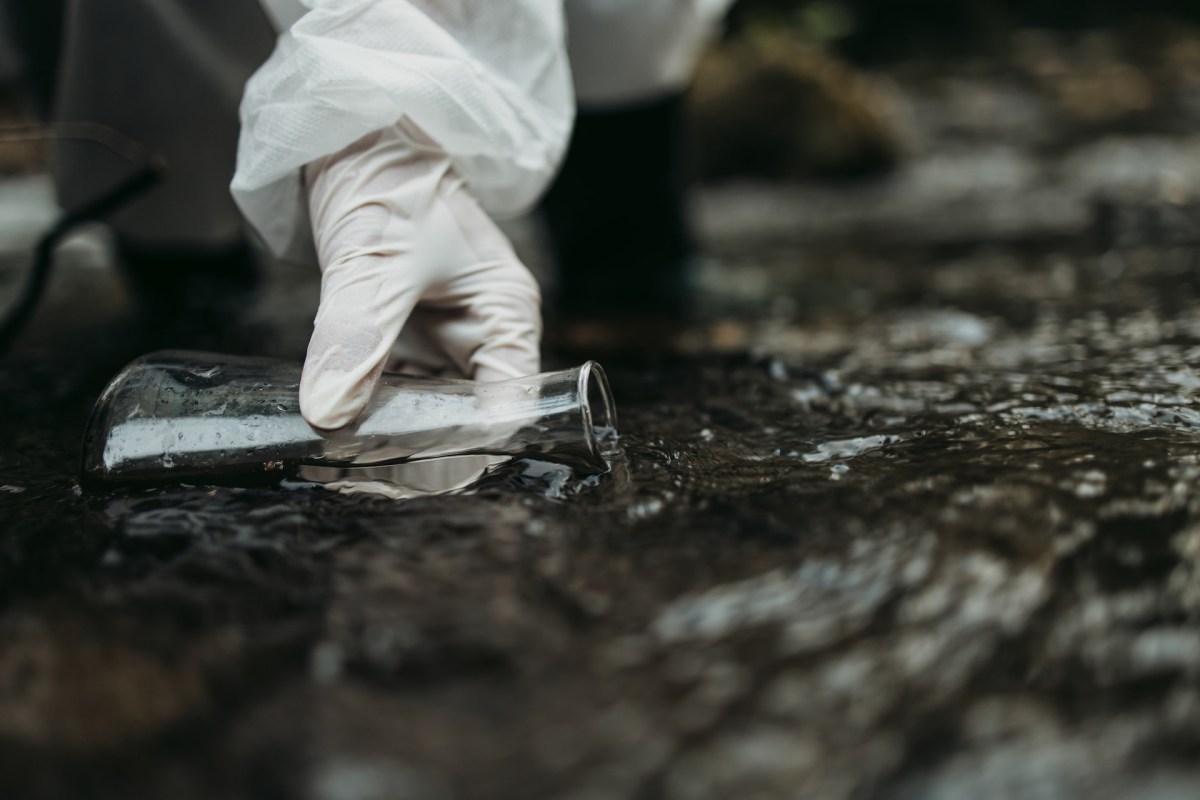It has long been said that water is life, as no human can survive without it. Humans, however, aren't showing our waters the appreciation they deserve in return.
The Guardian reported that a recent peer-reviewed paper from the University of Toronto found that nearly 90% of water samples taken from the Great Lakes over the last 10 years contain levels of microplastics unsafe for wildlife.
What's happening?
Our planet is riddled with plastic pollution. Plastics take ages to break down, and as they do, they create microplastics — tiny particles less than five millimeters (about 0.2 inches) in length.
Of the samples taken and analyzed from the Great Lakes, about 20% are at the highest level of risk.
"Ninety percent is a lot," Eden Hataley, University of Toronto researcher and co-author of the study, told the Guardian. "We need to answer some basic questions by monitoring … so we can quantify risks to wildlife and humans."
The authors reviewed data from other peer-reviewed studies from the last 10 years. These studies showed that the highest levels are found in tributaries leading to the lakes or around major cities like Chicago and Toronto, with the highest average levels in Lake Michigan and Lake Ontario.
Statista reported that about 40 million tons of plastic are thrown out annually in the United States. Only about 5% of this gets recycled, per Greenpeace, and about 85% ends up in landfills.
Researchers found that nearly 22 million pounds of plastic debris enter the Great Lakes every year from the U.S. and Canada. That's as much weight in plastic as about 5,500 cars.
Hataley believes wastewater treatment plants, microfibers that come off clothing in washing machines, and preproduction plastic pellets used in manufacturing are major contributors of plastics to the Great Lakes basin.
She also noted that alarming levels of microplastics have been found in fish consumed by humans and beer brewed with water from the Great Lakes.
"We know we are being exposed," she told the Guardian, "but what that means in terms of harm or what's a safe level – we have no idea, and that's going to take more research."
Why is this concerning?
Combined, the Great Lakes supply drinking water to over 40 million people across Canada and the U.S. They hold nearly 90% of the freshwater in the U.S.; and they are home to 3,500 species of plants and animals, according to the Guardian.
If these lakes aren't healthy, neither are we.
However, the study's authors said that if the U.S. and Canada act now, the damage to the Great Lakes can be reversed.
What can be done to save the Great Lakes?
The authors say both governments must start monitoring the lakes' microplastics levels now.
Hataley pointed out that the Great Lakes Water Quality Agreement already has programs monitoring other pollutants, and adding microplastics to the list would not be difficult.
Adding filters to washing machines or storm sewers at manufacturing sites would also greatly help, Hataley told the Guardian.
As individuals, we can research ways to reduce our reliance on single-use plastics and take steps to do so.
"The timeline is not that shocking,' Hataley said, "but it makes a lot of sense to do it now."
Join our free newsletter for cool news and cool tips that make it easy to help yourself while helping the planet.









